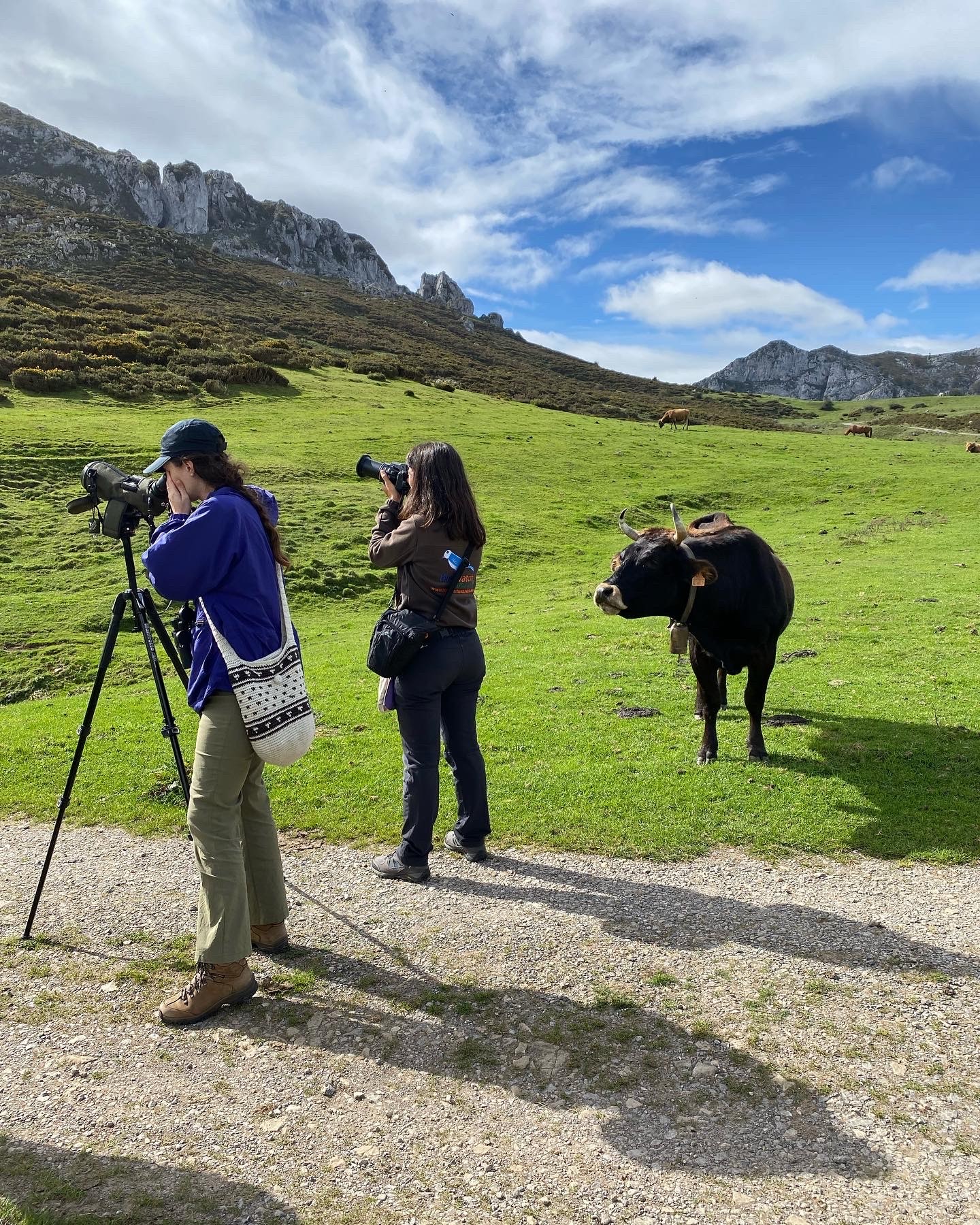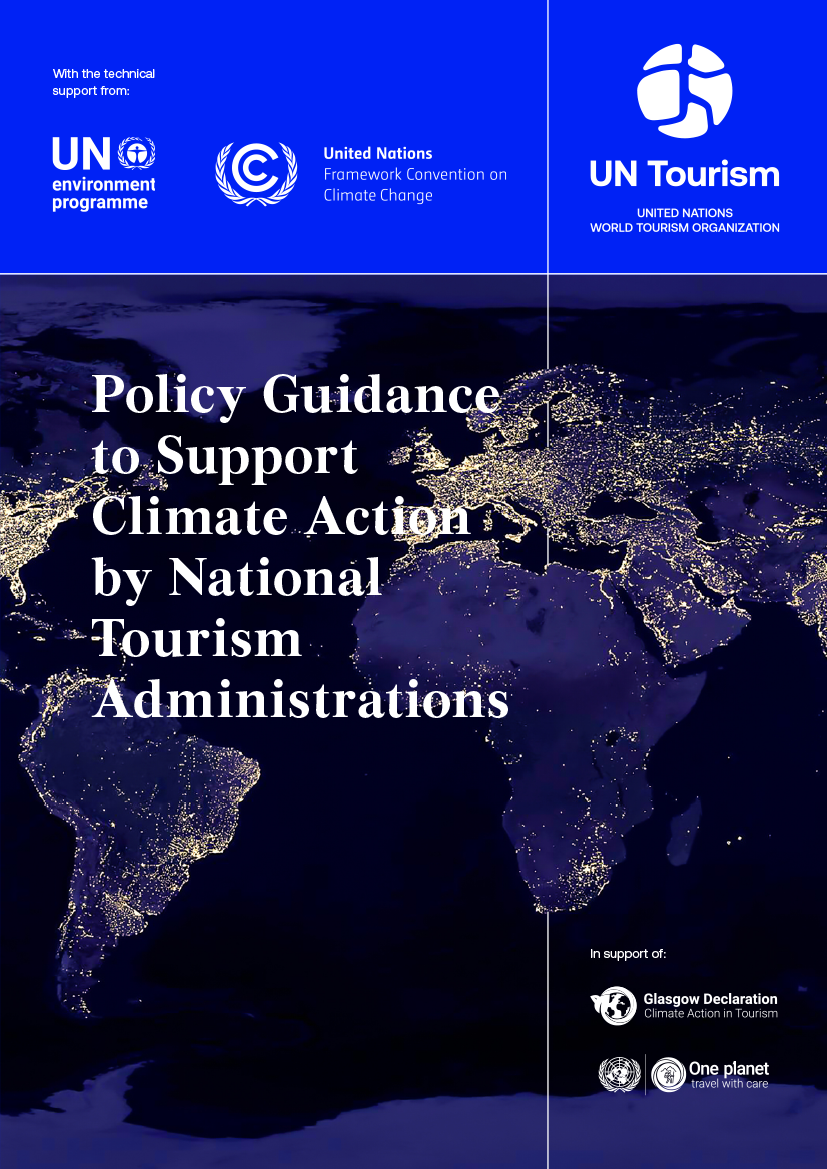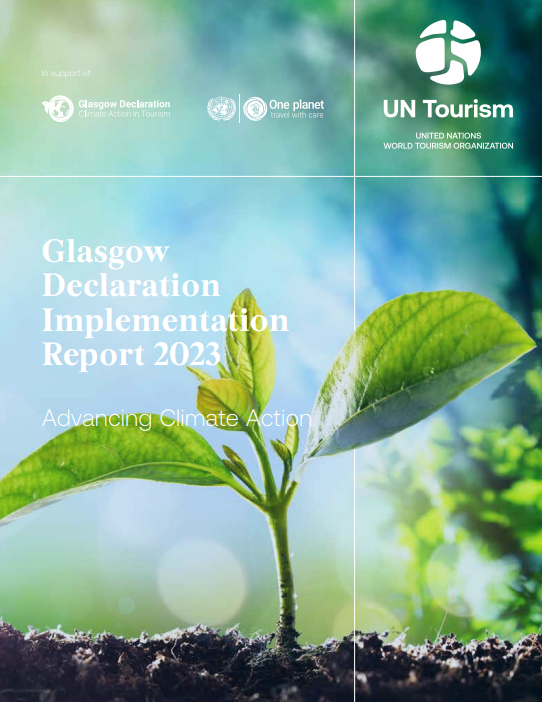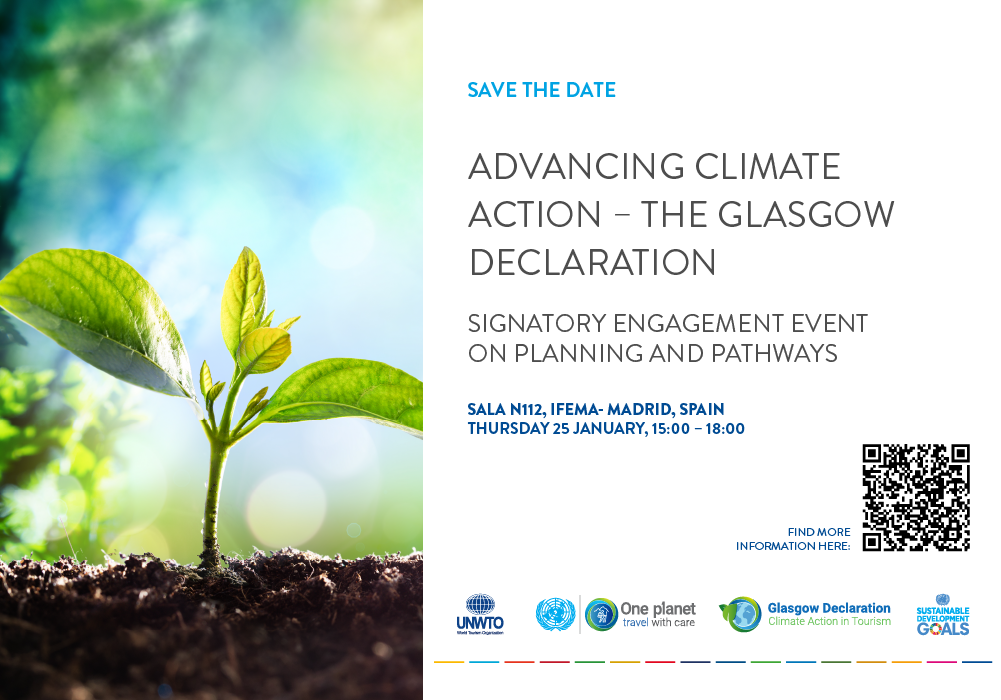CASE STUDY FROM BETTER PLACES: TRANSPARENCY AND ACCOUNTABILITY IN CLIMATE ACTION
CEO of Dutch tour operator Better Places Saskia Griep explains how a focus on transparent measurement and reporting of her business’s impacts on the environment and the communities it visits shapes the way it operates.
You can watch the conversation here.
The case study has been provided by Better Places in support of Climate Action in the Tourism Sector – An overview of methodologies and tools to measure greenhouse gas emissions demonstrating the value of taking action to measure emissions and accelerate climate action.
Better Places’ work on climate action began before the company did. The company’s CEO Saskia Griep used to work at another Dutch tour operator Sawadee Reizen. While there she was involved in the project to develop the Carmacal calculator with Breda University. This was the first emissions calculator designed specifically for tour operators, aiming to enable them to measure the entire footprint of their trips. In early 2023, the calculator was updated and released.
Better Places has built on Griep’s earlier experiences with transparent measurement and communication of impacts. One measurement in particular guides the way Better Places works - the understanding that as a company offering international trips, up to 90% of the carbon footprint of such a trip is caused by the flights.
“It really made me change the way I run my business,” she explains. “I still organise trips, some to faraway places, and I still think it's a good thing to travel. For some destinations tourism offers a much better option than other sectors. But I also see that we have to change things. We can't just continue the same way as before.”
Transparent communication
On Better Places website, the many ways the company looks to change things become clear. Starting in 2023, all of the sample itineraries for destinations outside of Europe that are listed on the company's website will be a minimum of 18 days. Destinations within Europe have a minimum duration of 9 days. And while the company will still organise a shorter trip for a client if they request it, Better Places no longer markets short trips, and actively encourages its guests to consider going for longer. As Griep explains, it’s better for the environment, better for the destination, better for business – and also leads to a better experience for the guests.
“We have to change things. We can't just continue the same way as before.”
The company has also stopped marketing destinations that are more than 7,000 kilometres away from its base in the Netherlands, (though again, it still sells those destinations to customers who request them). Meanwhile it has shifted its portfolio to focus more on destinations within Europe, meaning they are more accessible by train and other non-aviation means of transport, and hence result in lower carbon emissions.
On the website, Better Places provides information about the carbon emissions of each destination and trip, including comparisons between flying, taking the train, and driving. For destinations within Europe, the default option promoted is to travel by car or train, and the website shows the difference in emissions between the options. Better Places also works with partners to reduce the emissions of land transport, by encouraging customers to take it easy and not cover too much ground in a single trip. Where possible Better Places avoids domestic flights. And each year it calculates the climate impact of all the trips sold and publishes an overview on the website. The overall goal for 2030 is to reduce green house gas emissions per person per day of all trips booked with 55% compared to 2019 levels.
To help better communicate the impact of carbon emissions from travelling to different destinations to customers, Better Places is participating in a pilot program with the creators of True Price, a tool that places a financial value onto the social and environmental costs of carbon emissions. As Griep sees it, it is easier for people to comprehend a financial figure in euros than a measure of CO2 volume in kilograms or tonnes.
Positive impact
Having worked to reduce the greenhouse gas emissions resulting from its trips to the greatest extent possible, Better Places also seeks to improve the positive impact on local communities and the environment. It has developed a system for calculating and scoring the positive impact of each trip, based on factors such as the use of local guides and drivers, small scale accommodation, and excursions. This score is transparent and available on its website for customers to see, and the company also writes a blog explaining the significance of the score for each destination.
Better Places also works with its local partners to improve the positive impact of its trips. The company provides a form for local partners to fill out for each trip, which helps them to engage with the process and improve their scores.
In addition to focusing on the positive impact, Better Places has also stopped selling offsets, considering them misleading and ineffective. Instead, the company has started a new initiative called the Innovation Biodiversity Fund. This fund is based on how far customers travel, and Better Places levies a fee against itself that is invested in renewable energy projects in Africa through a crowdfunding platform. The goal is to eventually invest in renewable aviation fuel, but for now, the money is being invested in projects that support renewable energy and biodiversity. Once again, this information is also available on the website for customers to see.
Simple steps
Griep urges anyone looking to make their trips more sustainable to prioritise setting aside some time to understand the impact of aviation on its portfolio. She recommends the aviation calculator Atmosfair, and estimates that a few hours should suffice, depending on how many different itineraries a company sells. “If we do nothing, the costs of unsustainable tourism will only increase,” she explains. “It is better to start addressing this issue as soon as possible and prepare for the changes that are necessary. By looking at the long-term consequences, we can avoid hitting a "wall" and facing serious problems.”
External source(s)



